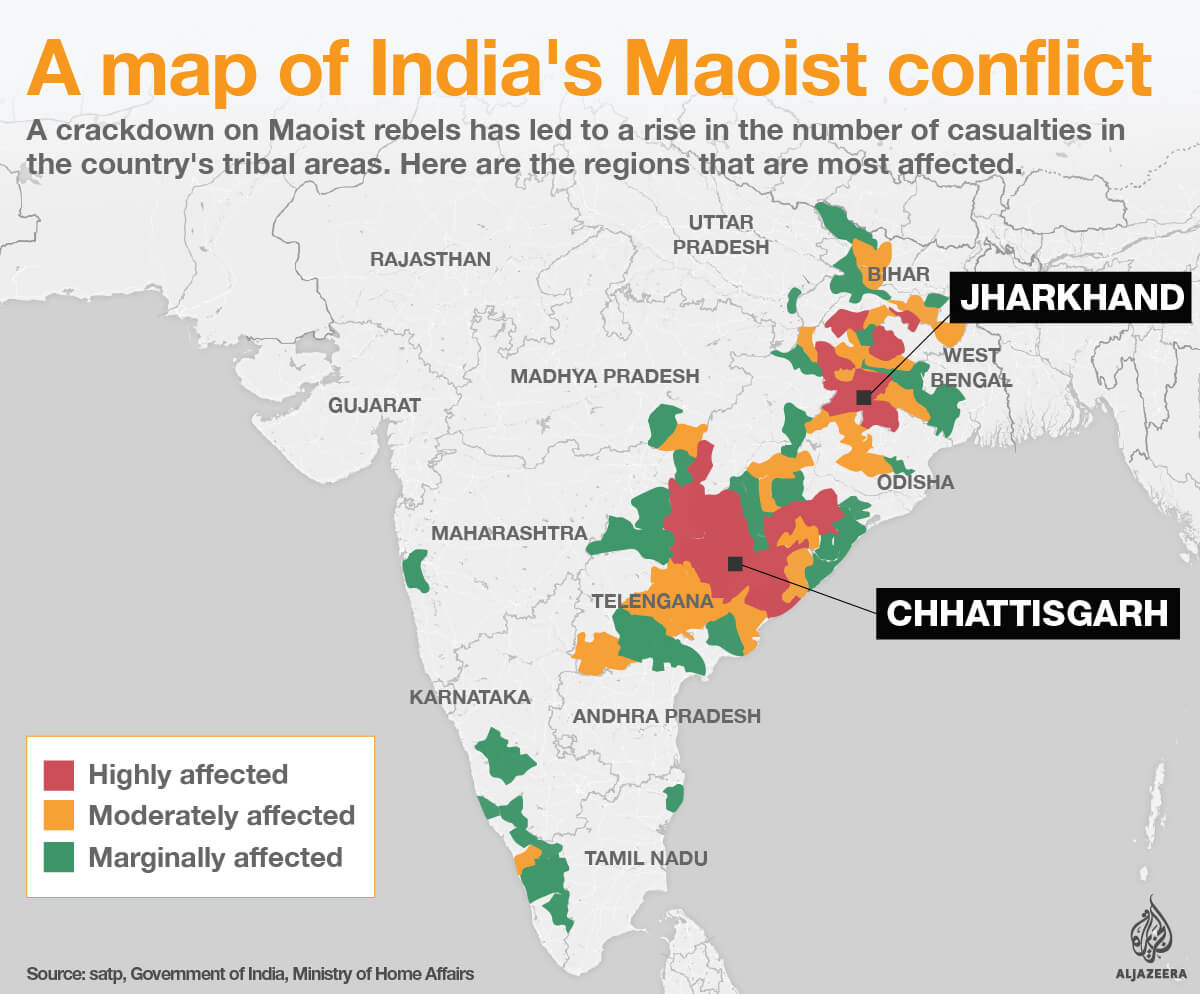The last name Chakrabarti is Bengali, and he lives in the US. Even as the final third of the book awaits me, I was overtaken by curiosity about him and his life. Google answers my questions.
The partition of British India created Pakistan's two pieces, one to the west of India and the other to its east. Chakrabarti's mother's family fled to West Bengal from what became East Pakistan. (East Pakistan later became Bangladesh.)
Chakrabarti says in the interview:
One can easily imagine the frightening levels of deprivation that characterized lives in the 1950s and 1960s. Many leftist intellectuals and hundreds of thousands of angry young men were convinced that only a communist revolution was capable of addressing the complex problems that doomed the lives of hundreds of millions. They resorted to violence and birthed the word "Naxalite" after the town of Naxalbari, in northern West Bengal, where the local political movement became a violent struggle with the police. Soon after, violence broke out in many parts of India that were characterized by acute poverty and powerlessness.Key parts of this novel are set in India during the time of the Naxalite Revolution, so I immersed myself in that history as well, and I traveled to the villages where my novel would have taken place.
A cousin of my father's was a Naxalite sympathizer in his college years. We do not know if he was a mere sympathizer or if he was actively engaged in the cause. Nobody talked about it other than in hushed tones that he had gone "underground" for a few months. You would not recognize that fighting spirit in him now--he completed his college education, had a career in banking, and is now a retired grandfather and a faithful Hindu.
In a column that was published in the local newspaper twelve years ago--on November 10, 2010--I wrote that politicians in America treat India as an economic competitor in their heated rhetoric against outsourcing "American" jobs to India, while conveniently ignoring a "Third World India" of poverty. In that column, I wrote:
While it is true that rapid economic growth has lifted quite a few million Indians from poverty, the poor are by no means an insignificant minority. A multidimensional poverty index used by the United Nations Development Program counted 421 million people living in acute poverty in eight Indian states, exceeding in sheer numbers the 410 million in the 26 poorest African countries combined.
I continued with:
Over the years, this parallel existence of an India that is poor has also resulted in a growing radical and violent movement, whose members are referred to as Maoists. Yes, Mao — as in China’s Mao Zedong, who has been pushed aside ever since Deng Xiaoping opened the Chinese economy in 1979 and declared that “to be rich is glorious.”
It is no surprise that India’s Maoists are active in the same states that are home to the vast numbers of poor tallied in the UNDP study of poverty.
Even now, the geography of poverty in India is not that different from the geography five decades ago. The struggles of the landless poor, and the plight of the tribals who are forcibly removed from their lands because that is where the natural resources are, make it to the news only when the powerless stand up against the economic and political powers, sometimes violently.
I am happy that Chakrabarti shines a bright light on a piece of this geography of poverty, even though the focus is not on the poor and their problems.
(This book is yet another piece of evidence that there is a lot to understand about the world through fiction. I tried to get this across to students through a course--Short Stories, Wide World--that I taught until I was laid off.)
The Maoists are not fighting for imaginary reasons. Easily identifiable pockets of poverty and deprivation are home to millions of people in India, including members of tribal groups.
The traditional home of many of India’s tribal groups is also rich in various minerals, such as bauxite and iron ore. The guerillas contend that the disadvantaged tribal groups are being forced to relocate without adequate compensation and then become unskilled contract workers in a new economic system — which further increases their insecurity and severely threatens their traditional ways of life.
For the reborn Maoist guerilla groups in India, also known locally as Naxalites, the Indian government is the principal enemy.

No comments:
Post a Comment